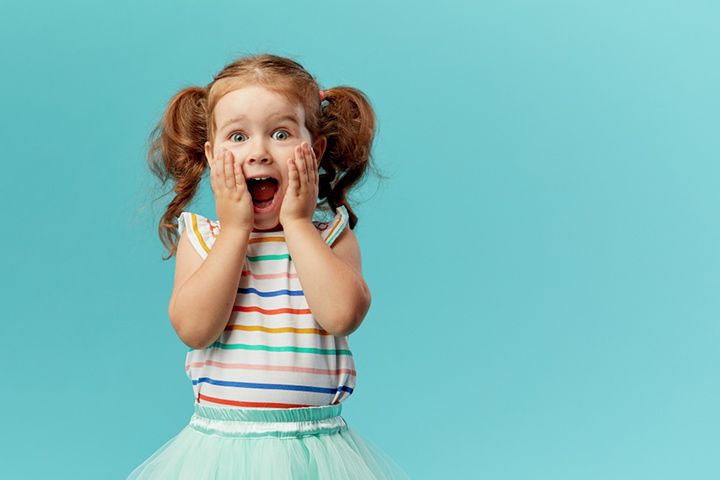Ras Media: Introduction
Ras Media Children’s cartoons are a magical world where colorful characters come to life, adventures unfold, and life lessons are learned in the most delightful way. Behind the scenes, two powerful elements, color and music, work in harmony to create a profound impact on young audiences. In this blog, we’ll explore the psychological effects of color and delve into the captivating role of music in children’s cartoons, all while keeping our focus keyword, “children’s cartoons,” at the forefront.
Ras Media: The Influence of Color in Children’s Cartoons
Ras Media color is a universal language that speaks directly to our emotions. In the realm of children’s cartoons, it becomes a vital tool for engaging young viewers:
Red Adventures: Children’s cartoons often use the color red to symbolize adventure, bravery, and fun. Whether it’s the bold cape of a superhero or a vibrant rocket ship, red draws children into the excitement of the storyline, enhancing their connection to the characters and their journey.
Blue Serenity: Blue, with its calming and trustworthy aura, is frequently employed to create a sense of tranquility in children’s cartoons. It acts like a gentle hug, reassuring kids as they absorb educational content, making them feel safe and secure.
Yellow Sunshine: Yellow is the color of happiness and optimism, infusing children’s cartoons with joy and positivity. Characters dressed in yellow and sunny, yellow settings bring a cheerful atmosphere to the screen, spreading happiness to young viewers.
Green Growth: Green, the color of growth, harmony, and nature, is often used to teach environmental awareness and to inspire balance and well-being in children. It encourages them to appreciate the world around them while absorbing valuable lessons.
Purple Imagination: Ras Media In children’s cartoons, purple sparks creativity and imagination. It invites kids to explore fantastical worlds and stimulates their inventive thinking. The color purple is often the gateway to magical and wondrous adventures.
Pink Friendships: Pink, the color of love and affection, plays a significant role in shaping the emotional landscape of children’s cartoons. It emphasizes the importance of friendship, emotional connections, and empathy in young viewers, leaving lasting impressions.
Black and White Contrasts: While less common, black and white are used strategically to create contrast and highlight specific emotions or story elements. A black-and-white sequence may signify a flashback, a dream, or a pivotal moment in the storyline, capturing children’s attention and imagination Ras media.

Ras Media: The Enchantment of Music in Children’s Cartoons
Just as color leaves its mark, music is a powerful enchantress in children’s cartoons. Let’s explore how it works its magic:
-
Emotional Resonance: Music speaks to the heart and soul. In children’s cartoons, carefully composed music can forge a deep emotional connection. When young viewers hear soft, melodic tunes during touching moments, they empathize with the characters, enhancing their emotional engagement with the storyline.
-
Rhythm and Movement: Ras Media Catchy tunes and lively rhythms inspire children to move and groove. These musical compositions accompany scenes of action and adventure, encouraging kids to dance, jump, and actively participate in the on-screen excitement, enriching their viewing experience.
-
Learning and Memory: Educational cartoons leverage music as a powerful teaching tool. Catchy songs with educational lyrics are designed to enhance memory retention. Children easily remember important information and concepts while enjoying the fun and catchy tunes.
-
Building Suspense: Ras Media Music is a master at building anticipation and suspense. When characters are on the brink of solving a mystery or facing a thrilling challenge, the music intensifies. This heightened musical tone keeps children eagerly awaiting the resolution of the storyline, adding to the overall excitement.
-
Creating Atmosphere: Different musical styles, instruments, and tempos are used to establish the right atmosphere in scenes. Whimsical flute melodies create a lighthearted mood, while deep, rumbling bass notes signal danger or excitement. Music plays a pivotal role in setting the scene and enhancing storytelling.
-
Fostering Creativity: Some children’s cartoons use music to spark creativity and imagination. Songs that encourage kids to dream, explore, and use their imaginations inspire them to embark on their own creative journeys, encouraging a sense of wonder and exploration.
-
Emotional Regulation: Music also helps children regulate their emotions. Upbeat and cheerful tunes lift their spirits and provide comfort during challenging moments. Soothing melodies calm them when they feel anxious or upset, offering a sense of security and emotional support.
Conclusion: The Magical World of Children’s Cartoons
In the enchanting world of children’s cartoons, color and music are the artists behind the scenes, painting emotions and melodies that resonate with young hearts and minds. Understanding the profound effects of color and the captivating power of music allows parents and educators to make informed choices about the content children are exposed to. It ensures that children’s cartoons, with their thoughtful use of color and music, align with developmental needs and provide an enriching and unforgettable viewing experience. So, the next time you enjoy a children’s cartoon with your young ones, take a moment to appreciate how color and music work their magic, creating a world of wonder and learning, all in the name of “children’s cartoons.”
